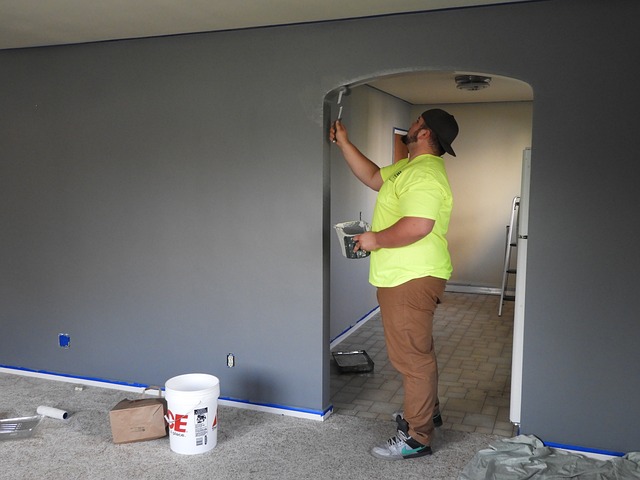This is a sponsored guest post.
Some self-builders find that the emotional roller coaster they experience during a project helps them to feel alive, and they simply cannot wait to design their next. Others may swear they will never engage in this kind of project again, but it would be fair to say that none lightly start a major refurbishment or self-build.
Those who do will always find a way to cross the finish line, regardless of how smooth or hard the path to their destination, and will have a house to be proud of. Here’s how to manage renovations and repairs for your home.
Turn Your Site Into a Great Place to Work
Setting out on a project, you are not seeking to make friends for life with builders; you are simply like any other working environment: people will want to be there if your site is a good place to be. Set up an appropriate break space; have enough coffee, tea, biscuits, and snacks; and promptly pay the invoices.
Clear instructions, prompt decision-making, a smile, and a thank-you for a well-done job can pay off handsomely. You may also discover that your tradespeople are eager to go above and beyond when necessary. Get driveway storage pods to declutter your work site and make it more organized, which can help improve efficiency and safety.
Planning and Designing
Design should be planned when considering a renovation, and a style that fits your taste and necessity should be selected. Begin your project by compiling ideas from many sources, including websites, publications, and social media. That will enable you to decide on the design direction and visual appeal you would want.
As you gather ideas, consider the general style and essence you wish to bring forth in your remodeling. That might encompass anything from contemporary kitchen inspirations to more particular components like elegant and useful kitchen islands. Remember the visual harmony across several areas in your property, so aim for a coherent appearance.
Budgeting
Making a well-considered budget should be the first step in beginning a house remodeling. That will guarantee that you precisely grasp the expenses connected to the job. First, you must decide which improvements are most crucial and prioritize them in your renovation budget.
Examine closely the costs connected to every project in your renovation proposal. That entails approximating labor, material, and any other expenses that might come about. Establishing a reasonable budget requires research on and comparison of pricing for related projects.
Make a list of must-haves as part of your budgeting process, together with things you would want to include, should your budget let it. That will enable you to decide which, if required, projects are essential and which can be eliminated from the agenda.
Follow the Rules
Like or hate them, we have regulations guiding development and planning for justifiable reasons. You cannot build a new house without complete planning clearance, so try not to break the regulations, as any authorization is probably accompanied by requirements to be followed.
To complicate matters, formal planning permission or building control approval is sometimes unnecessary. This is commonly the case when remodeling (or occasionally expanding) an existing house.
While approval isn’t required, every project must satisfy the minimal criteria in the building regulations; note that there will still be authorized development requirements to follow in these cases.
Endnote
You can maximize the worth of your house by always considering your goals and assigning jobs as top priorities. Remember that when the time comes to sell, the value of your house will be much enhanced by your time and money invested in home improvement.

Hi there! I am Emily Evert, the owner of Emily Reviews. I am 28 and live in a small town in Michigan with my boyfriend Ryan and our two pugs. I have a large family and I adore my nieces and nephews. I love reading memoirs, and learning about child development and psychology. I love watching The Game of Thrones, Teen Mom, Sister Wives and Veep. I like listening to Jason Isbell, John Prine, and other alt-country or Americana music. I created Emily Reviews as a creative outlet to share my life and the products that I love with others.
This post currently has no responses.






Leave a Reply